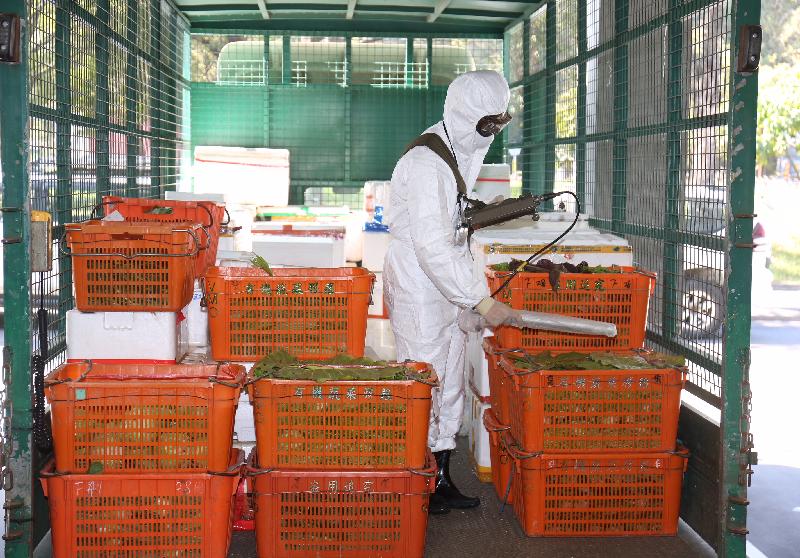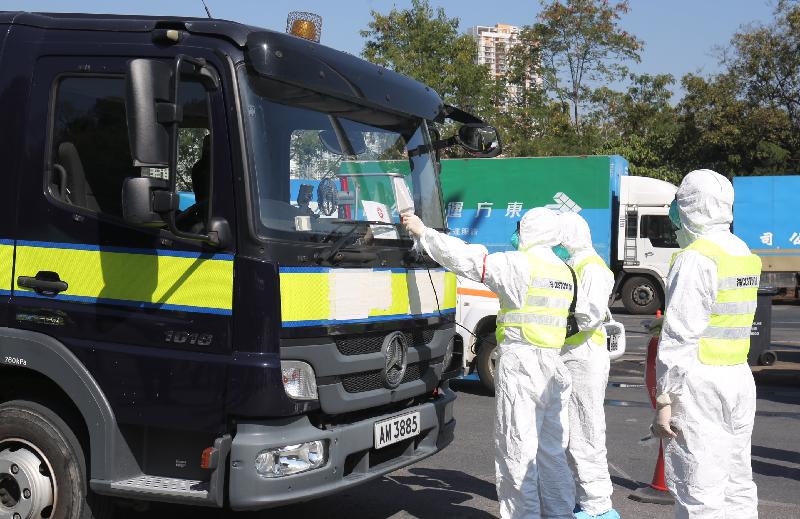The Daya Bay Contingency Plan (DBCP)
The Daya Bay Contingency Plan (DBCP) deals with the emergency measures to be taken in Hong Kong in the event of a nuclear emergency at Guandong Nuclear Power Station (GNPS) and Lingao Nuclear Power Station (LNPS).
Although the chance of such an event is very remote, it is prudent to be prepared to ensure the protection of public health and safety in Hong Kong. In the unlikely event of a nuclear accident or a suspected nuclear accident, related bureaux and departments will take necessary actions according to the major countermeasures in the DBCP to safeguard the safety and health of Hong Kong people . The DBCP can also be applied to other nuclear power stations further away.
The DBCP was first issued in 1994. It was prepared on the basis of a consultancy study undertaken by the United Kingdom Atomic Energy Authority (UKAEA) in the late 1980s and has been kept under regular review. According to the UKAEA consultancy assessment, the risk to the health of the people of Hong Kong of a nuclear emergency at Daya Bay with off-site radiological consequences is very small – lower by a large margin than the analogous risk encountered by Hong Kong people in everyday life. Following the nuclear accident in Fukushima of Japan in March 2011, the Hong Kong Government carried out a comprehensive review of the DBCP. The review found that there is no material change that would fundamentally affect the conclusion of the UKAEA study and the arrangements of the DBCP.
Apart from the Daya Bay Nuclear Power Stations, other stations are far away from Hong Kong (the nearest station is Taishan, which is about 130 km away), and the risk to Hong Kong is very low. Depending on the nature and severity of the nuclear accident, distance of the incident site and the meteorological conditions, the possible impact on Hong Kong varies and therefore the activation level of the DBCP will be considered on a case-by-case basis subject to the assessment of possible risks.
Plume Exposure Countermeasures
Radiation plume is unlikely to affect us, as other nuclear power stations are in a certain distance away from Hong Kong. In case of a nuclear accident, even if the radioactive plume reaches Hong Kong, the radiation level would not pose significant effect to our lives and health.
Food and Boundary Control Countermeasures
Nuclear accidents may contaminate the vicinity environment, food chain and people near the nuclear facilities. The Government will strengthen the monitoring of food and inbound travellers from the area concerned. When necessary, appropriate activation level will be applied to target sample food, and boundary control measures will be implemented to ensure that both the food and inbound travellers are not radiologically contaminated.



Responsible bureaux and departments will closely monitor the situation, assess the possible impacts and implement necessary measures to ensure adequate protection of Hong Kong. Exercises and drills are carried out on a sustained basis to test the DBCP and to ensure its continued effectiveness. The information about the nuclear power stations at Daya Bay, multiple safety design and operation principle is available here.

